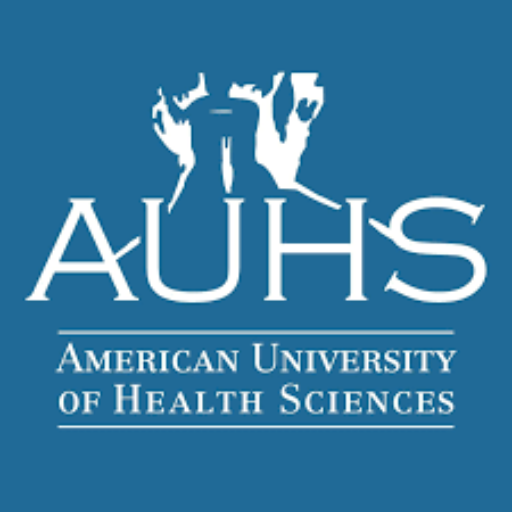PERSONAL APPEARANCE
HYGIENE
- Good personal hygiene is an important aspect of professional nursing. Regular bathing and the use of body deodorant are essential.
- Adornments are not to be worn in the hair. Small functional and conservative hair fasteners may be worn in order to secure a student’s hair. Hair must be clean and secured off the face and collar. Extreme or unnatural appearance in style or color of hair shall not be permitted. Beards and mustaches must be clean, short, and neatly trimmed; otherwise, male students should be clean-shaven.
- Because odors can be offensive to ill clients, no perfume, colognes, or after-shave lotions may be worn.
- Make-up is to be in good taste and should not be used excessively.
- Fingernails must be clean and short. No polish may be worn. No artificial or gel nails may be worn in clinical areas.
- Jewelry will be limited to a plain wedding band, a watch with a second hand and one pair of earrings. Necklaces are not permitted. Earrings should be small single posts. For safety reasons, earrings that dangle are inappropriate. No other visible body piercing ornaments are allowed other than earrings. Multiple earrings or decorative pins on uniforms are not allowed.
- White lab coats are the only allowed cover up in the clinical setting.
- Gum chewing is not permitted in any clinical agency.
- All visible tattoos are to be covered.
NURSING UNIFORM AND DRESS CODES
- Approved uniform is expected whenever students are on campus, on hospital/agency premises for school related activities (e.g., patient care and prep) and off campus AUHS activities.
- The uniform will consist of dark blue uniform (scrub style pant and top) with AUHS patch for campus and a white uniform (scrub style pant and top) for clinical.
- Some attire is never acceptable on campus, or in the clinical area, including open-toed shoes, sandals, visible piercing (e.g., noses, tongues, lips), hats (e.g., baseball caps, beanies) or revealing attire (e.g., low-cut blouses). If students dress inappropriately, they may be dismissed from the classroom and/or the clinical setting.
- Every student will have the following articles in order to attend clinical, unless otherwise specified. If any of the required items are missing, the student will not be allowed to proceed with the clinical rotation for that day and will be marked absent.
a. AUHS Student ID
b. A watch with second hand/digital readout
c. Bandage scissors
d. Black ballpoint pen
e. Stethoscope
f. Penlight with pupil gauge
g. White Laboratory coat - Uniforms must be clean, pressed, and fit well. Underwear must be modest and not be visible. Baggy or excessively loose clothing is unacceptable and unsafe for the clinical setting.
- Nursing or athletic shoes and socks must be all white (no cloth or fabric shoes). No open-toed, open-air, or backless footwear is acceptable. Shoes should be clean for every clinical visit.
- In clinical facilities where uniforms are not worn, students are to follow the dress code for that agency. The student should consult the clinical instructor for clarification.
- The student should be wearing either a nursing uniform or business casual attire when meeting clinical agency personnel.
- The AUHS Student photo ID must be worn at all times in all clinical settings. Students may need additional IDs for individual facilities.
- Uniforms are available for purchase at Christina’s Uniforms.
